#viking history
Text

Rutshellir Cave, Iceland (by Job Savelsberg)
See more of Iceland.
#rutshellir#cave#caves#iceland#icelandic#europe#travel#wanderlust#explore#hut#viking history#vikings#viking house#historic architecture#architecture#old building#li_destinations#mountain#mountains#countryside
3K notes
·
View notes
Text

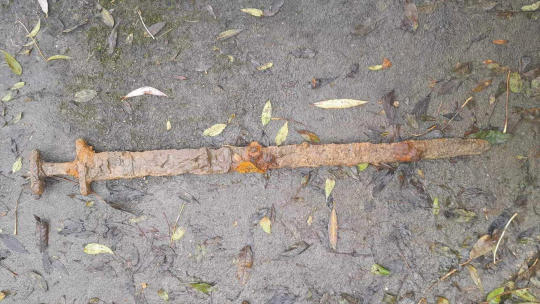
1,100-Year-Old Viking Sword Found in UK River
A corroded sword pulled from an English river by a magnet fisher is a Viking weapon dating to between A.D. 850 and 975, experts have confirmed.
Trevor Penny was searching for lost and discarded objects in the River Cherwell in Oxfordshire in November 2023 when he made the discovery. The magnet fisher had been down on his luck that day and only pulled scaffolding poles from the water, he said in a message on Facebook. When Penny lugged out the sword, he didn't immediately recognize what it was.
"I was on the side of the bridge and shouted to a friend on the other side of the bridge, 'What is this?'" Penny, who is a member of the Thame Magnet Fishing Facebook group, recalled in the message. "He came running over shouting, 'It looks like a sword!'"
Penny immediately uploaded images of the sword to Google to try to identify it. "Whatever photo angle I tried was coming up with Viking sword," Penny said. The magnet fisher then contacted the Oxfordshire county liaison officer responsible for recording archaeological finds made by the public, and took the sword to be examined by experts.



The sword, only provisionally dated until now, has been authenticated as Viking and estimated to date as far back as 1,200 years ago.
The weapon dates to a period when the Vikings, who were originally pagans from Scandinavia, traveled to the British Isles to plunder, conquer and trade with the ruling Saxons. The Vikings set foot on British soil in the eighth century, having raided a monastery on Lindisfarne, an island off Britain's northeast coast, in 793. Similar raids in Britain occurred for several centuries and escalated after 835, when larger Viking fleets started arriving and fighting royal armies. British kings gradually reconquered territory seized by the Vikings throughout the 10th century and unified what was a patchwork of kingdoms into a new realm called Englalond.
Viking incursions and periods of rule continued until the 11th century, but the Viking Age ended following the Battle of Stamford Bridge in 1066, with the defeat of the king of Norway, Harald III Sigurdsson, by the Saxons.
The newly discovered Viking sword is in the care of Oxford museum services and may eventually be put on display, the Oxford Mail reported.
"The officer said it was archaeologically rare to find whole swords and treasure of historical importance still intact," Penny told the regional newspaper last week. "There was a little dispute with the landowner and the rivers trust who don't permit magnet fishing. The latter sent a legal document saying they wouldn't take action on the condition that the sword was passed to a museum, which I had done."
By Sascha Pare.
#1100-Year-Old Viking Sword Found in UK River#River Cherwell#magnet fisher#sword#viking sword#ancient artifacts#archeology#archeolgst#history#history news#ancient history#ancient culture#ancient civilizations#vikings#viking history
251 notes
·
View notes
Text
The archetype of the viking warrior was inspired by real vikings the same way as the archetype of the spellcasting wizard was inspired by real occultists.
And like wizards, it's a fantasy trope.
Yes, vikings existed in the sense that sea-rading Norsemen existed. But the image of vikings as these ruthless, long-haired, intimidating, ax-weilding warriors bound by oath and noble cause, actually comes from the Varangian Guard: the personal bodyguards of the Byzantine Emperor.
The members of the Varangian Guard were extremely formidable warriors and famous for their loyalty. They also consisted almost exclusively of Norseman for many centuries (due to their size, I bet). And though the Varangians would fight to the death for their loyalties, their loyalties were not with their country or gods like we envision with the trope of the viking warrior: It was with the Christian Emperor of Constantinople.
Unlike the vikings, the Varangian Guard was also a true warrior class. The vikings were pirates first and foremost, and while fightinf skills benefited their expeditions, equating them to the Varangian Guard is a bit like equating bandits to the marines.
I think the "warrior" aspect got tied to vikings due to the fact they're often portrayed as defenders of the Old Ways, standing their ground against the rise of Christianity. While this is certainly romantic, this is yet another fantasy trope.
The idea that vikings pillaged out of hatred for Christianity has its roots in the famous sacking of Lindisfarne monastery in 793. The monks painted this incident as a hate crime against Christianity, but it's far more likely that the vikings raided the monastery because it was undefended and filled with treasure. Either way, this is likely where their reputation of being blatantly anti-Christian came from.
This switched from being a vile thing to a noble one more than a millenium later, starting when the German Romantics reimagined the vikings as warriors. No longer where they antagonistic invaders, but a people defending their way of life from the chaos of a changing world.
The viking warrior exists in the sense that the trope exists. What makes it feel real is the fact that the trope is a shared cultural experience; we all agree that this is what "a viking" looks like. But the fact we all know and recognize this archetype doesn't mean the archetype was ever a real-life thing.
It's like how we all know "the history of King Arthur" even though he was never a real person.
305 notes
·
View notes
Text

The Gokstad ship, constructed in the year 890 AD, was utilized as a burial chamber.
Source: https://www.nationalgeographic.co.uk/history-and-civilisation/2023/03/is-the-shamrock-a-myth-the-truth-behind-5-st-patricks-day-symbols
195 notes
·
View notes
Text
Dating Bjorn Would Include...

-Dating Bjorn would be one hell of a time for both of you. He is the type of person to care about you even if you are not in sight of you
-He also likes to cuddle like no other guy on earth. He will try to hold you down to the bed just to cuddle you
-Lets not even start with the sex. It is amazing for both of you. He always makes sure that you finish and not just him
-He loves to spoil you with gifts and all sorts of things. He will often come home while you were cooking or cleaning and hands you a bunch of things
-When he comes home from raids from far, he makes sure to get you bunches of gifts and gold or silver as well
-He loves to see you looking good, but he prefers that when you go outside the house you cover up. He does not like when other guys look at you
#norway#viking#vikings#scandanavia#imagines#vikings headcanon#nordic#vikings imagines#vikings fandom#norse#norwegian#vikings series#vikings imagine#vikings prompt#vikings x reader#bjorn x reader#bjorn#bjorn ironside#viking history#viking age#nordics#fanfic
59 notes
·
View notes
Text
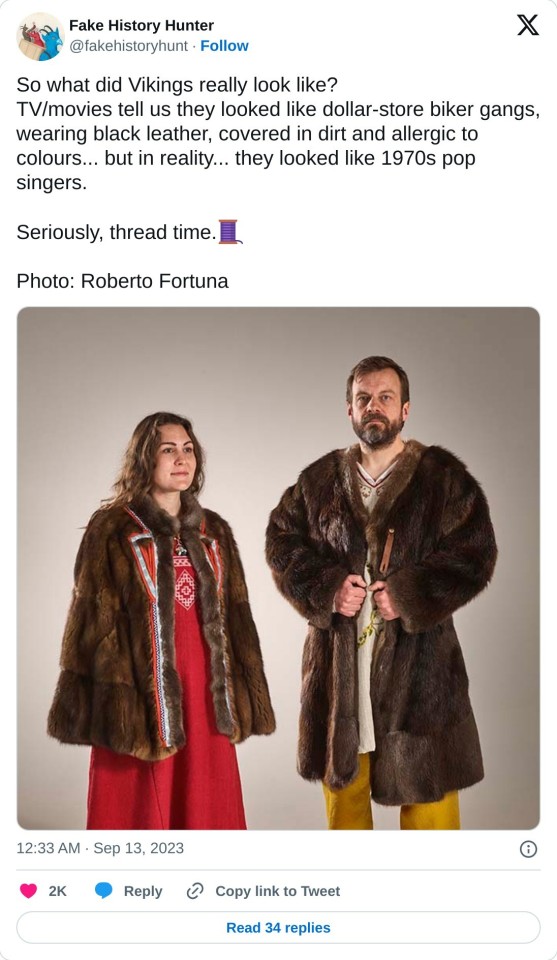
79 notes
·
View notes
Text
Strangely, Asgard also contained temples, cult buildings where the gods themselves made offerings—but to what or whom? The mythology of the Vikings is one of only a tiny handful in all world cultures in which the divinities also practised religion. It suggests something behind and beyond them, older and opaque, and not necessarily ‘Indo-European’ at all. There is no indication that the people of the Viking Age knew what it was any more than we do.
Neil Price, Children of Ash and Elm
#book quotes#children of ash and elm#norse mythology#vikings#norse#viking history#books and libraries#literature#books and reading#Neil price
69 notes
·
View notes
Text
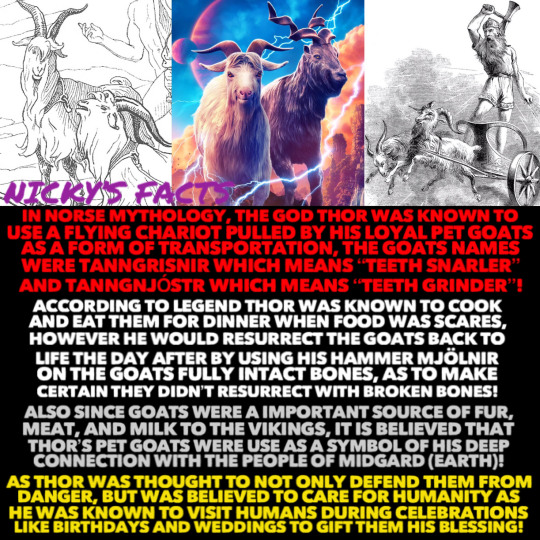
All hail Thor, a man of the people and lord of goats!
🐐🌩🐐
#history#thor goats#vikings#norse mythology#thor#thor love and thunder#tanngnjóstr#tanngrisnir#viking history#denmark#goats#medieval history#marvel comics#mythology#medieval period#mythical animals#marvel#myth#love and thunder#norse folklore#scandinavian#marvel movies#medieval#viking culture#danish history#nickys facts
1K notes
·
View notes
Text

viking gaming pieces, seen in Reginald's Tower in Waterford, Ireland
#ireland#vikings#viking history#history#archaeology#irish history#history of games#game pieces#photo#museum#waterford#reginald's tower
39 notes
·
View notes
Text
“Skåne” hammer

Thor Hammers (Mjolnir, Mjölner or Mjølner) are artifacts typically associated with Vikings, especially warriors. They are however a bit more complex.
About a 1000 hammers are known, with only around 100 heavily decorated. They are mostly made of iron or silver. Most pendants are found as loose finds, sometimes found in hoards or sometimes in cremation graves.
Norse mythology was not an organized religion, but more of a collection of animistic beliefs and heroic stories of both men and gods. Thor’s hammer was used to counteract the wear of the Christian cross during the late Viking age (900-1000 AD) and was previously not part of any European attire. Most graves in which hammers have been found are attested to women. Suggesting men might not have worn hammers (as often as women did).
Although the hammer as a lightning bringer might have roots going as far back as the European Iron Age, Mjolnir in itself has no real importance in earlier Germanic mythology.
Historiska Museet Stockholm, Sweden
Museum nr unknown
Believed to be found in Skåne - Sweden
#field archaeology#viking archaeology#archaeology#field archaeologist#history#Viking history#Frisian#merovingian#frankish#Viking#charlemagne#Merovingian archaeology#mjolnir#mjolner#viking mythology#norse mythology#germanic mythology#Odin#thor#sonar#Wotan
85 notes
·
View notes
Text
Random Fact #6,522
The Vikings did not call themselves “Vikings”.
The word “viking” as a noun wasn’t a thing until the 1800s when the Scandinavian countries were looking to create a sense of nationalism. The people commonly called the Vikings would have called themselves the Norse. To them, viking was a verb, not a noun, which roughly translates as “to go raiding”.
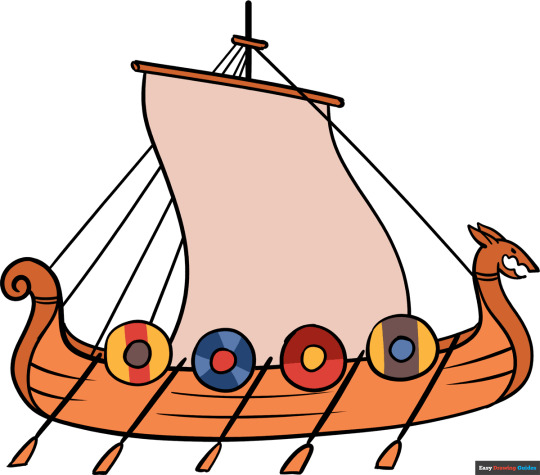
#little known fact#random fact#random facts#did you know#random factoid#random factoids#history facts#vikings#viking history#scandinavia#norse culture
28 notes
·
View notes
Text


Giant Viking Runestone Found Under kitchen Floor in Denmark
A Couple Renovating Their Kitchen in Denmark Found an Ancient Stone Carved With Viking Runes
The stone may be one of the oldest and rarest of its kind, and is now being studied by experts.
When Lene Brandt and her husband, Anders Nielsen, were preparing to tear up the linoleum floors in the kitchen in their home in the village of Mosekær, in Denmark, they probably expected the normal things that occur in the course of such a project: cost overruns, delays, and problems with contractors.

Instead, what they found was an ancient artifact. The couple stumbled across a nearly 2,000-pound stone, measuring more than six feet long, carved with ancient runes. The couple contacted local experts at the Museum Østjylland. Staff archaeologist Benita Clemmensen is quoted by the cultural news site Skjalden saying that these stones are the sole written records of the Viking Age.
Five runes can be found carved into the stone’s surface, reading “aft Bi,” which can be translated as “after B.”


“The Mosekær stone is probably to be dated to the eighth or nineth century because of the formula ‘After… ‘, i.e. ‘In memory of’, placed in the beginning of the text,” senior researcher and runologist Lisbeth Imer, with the National Museum of Denmark, Copenhagen, tells Artnet News. “It correlates with an eighth-century runestone on Fyn, the Flemløse stone with the text ‘After Hróðulfr stands this stone; he was… priest/chief. Sons placed in memory. Ávarr coloured.’
“It most likely is one of the oldest runestones in Denmark,” she says.
The museum has dubbed the stone a treasure, meaning it legally belongs to the state.
New rune stones are found only every five or 10 years, Imer says, “so it is a rare find.”
Imer tells Skjalden that only about 20 rune stones from the eighth century have been discovered in Denmark. These early stones are very significant, as there are approximately 200 known Viking Age rune stones (dating from the 700s to the 900s) throughout the country. Norse literature is dense with references to runes, which may have served as magical signs to be used in charms.
The area where this rune stone was found has proven particularly rich for archaeologists, yielding some 44 such artifacts.

#Giant Viking Runestone Found Under kitchen Floor in Denmark#vikings#runestones#ancient artifact#archeology#archeolgst#history#history news#ancient history#ancient culture#ancient civilizations#viking age#viking history
252 notes
·
View notes
Text
Hey y'all apologies for ignoring this blog for so long, just got super busy! Anyways, here's my pattern instructions for making your own Guddal tunic!
Available for FREE on my Patreon
#garb ref#medieval#viking#viking reenactment#medieval reenactment#historical reenactment#historical costuming#costuming#larp#live action roleplay#cosplay#vikings#viking culture#viking history#viking age#norse#11th century#sca#society of creative anachronism#society for creative anachronism#reenactment#fashion history#sewing#patterning#sewing pattern
22 notes
·
View notes
Text
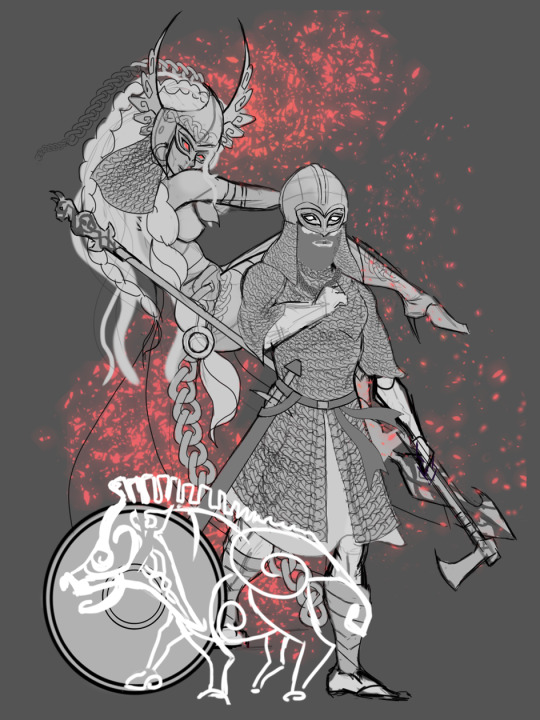
(Gods Are Real) Freyja & Erik WIP 3
Concept art work in progress for the beautiful Freyja, and her human counterpart Erik with her boar Hildisvíni turning into Erik's shield in battle.
Erik is a Viking raider from the 8th century.
#norse pantheon#norse mythology#norse gods#norse paganism#norse#vikings#viking#viking age#dark fantasy#dark fantasy art#fantasy#fantasy art#mythology#gods#digital painting#digital art#scandinavia#viking history#nordic#comic art#comics#comic book art#comic books#comicart#concept art#character concept#freyja#norse pagan#gods and goddesses#goddess
29 notes
·
View notes
Text

odin is an incel exposed
(Stanza 84 from Sayings of the High One in the Poetic Edda)
#studyblr#vikings#viking history#viking mythology#mythology#poetic edda#the poetic edda#norse myths#norse mythology#sayings of the high one#odin#woden#odinn
41 notes
·
View notes
